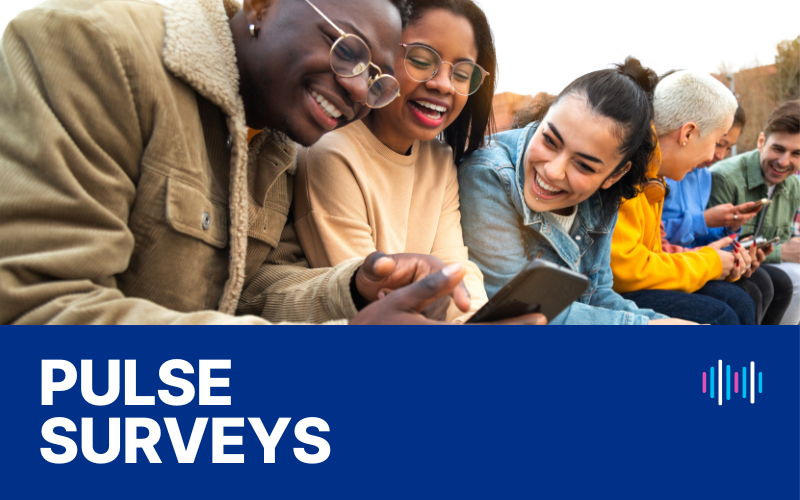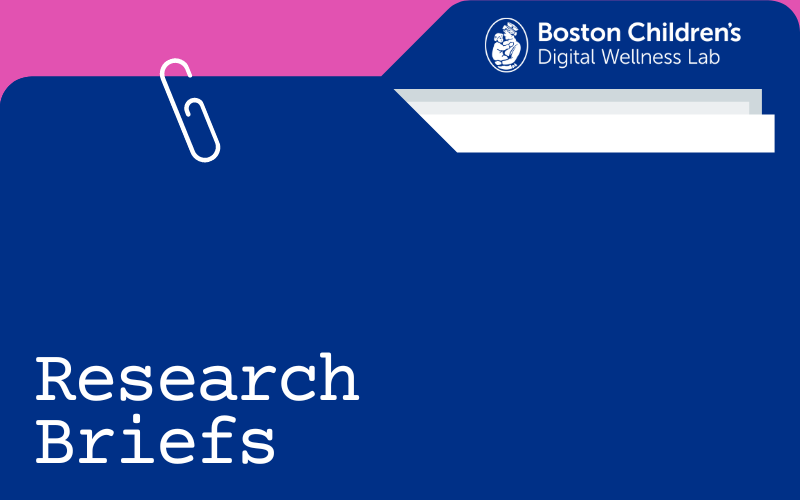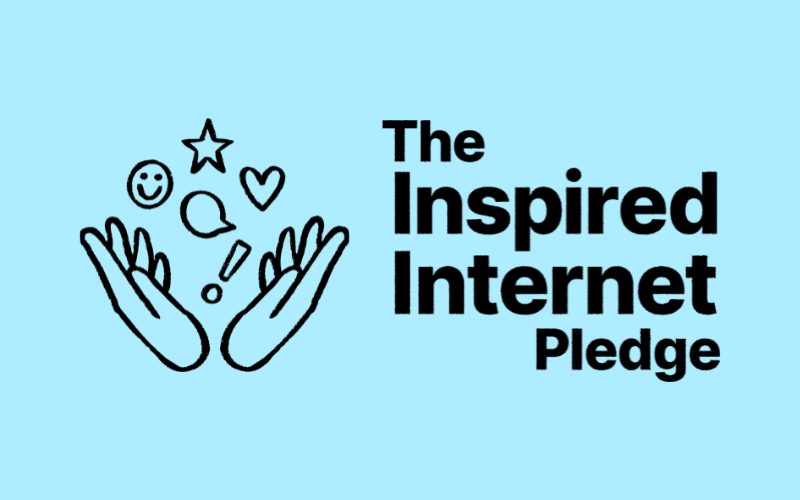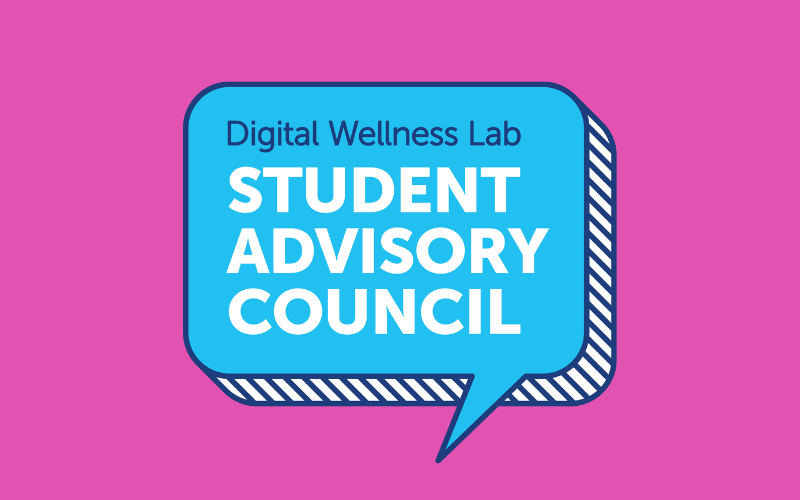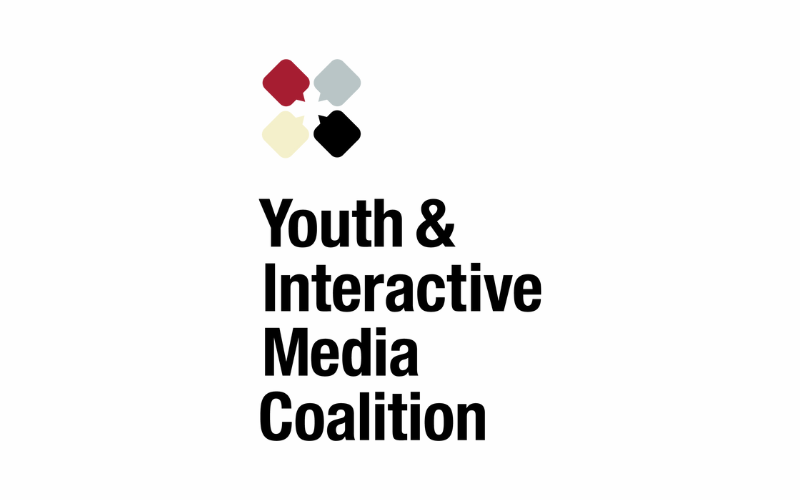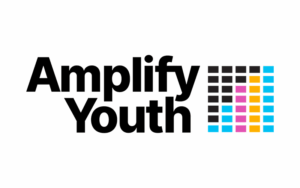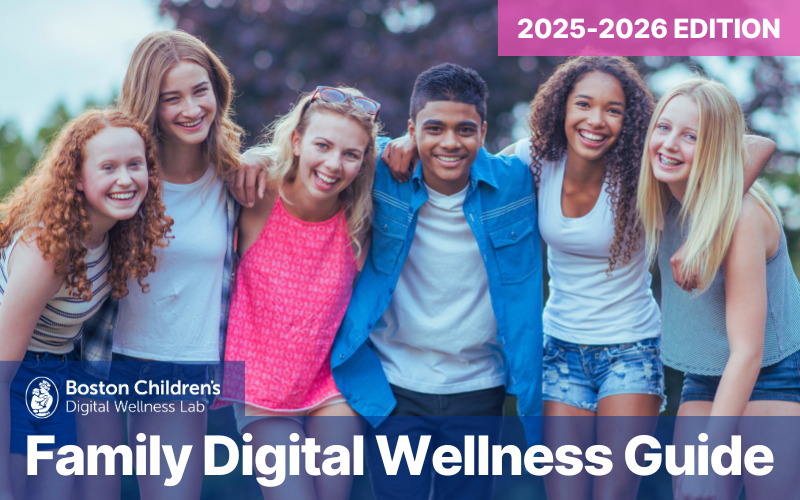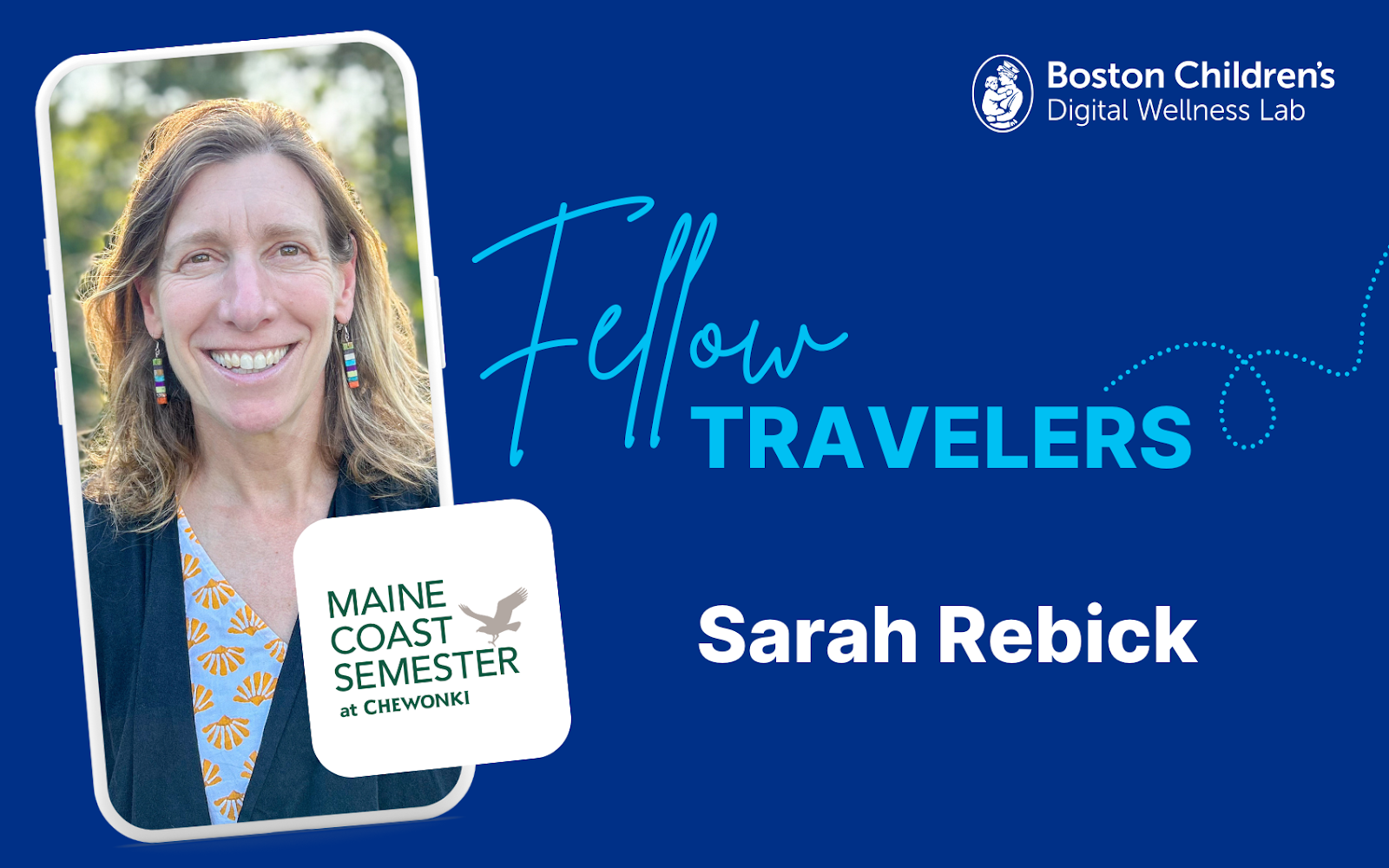Sarah Rebick
Director, Maine Coast Semester at Chewonki
What’s your organization’s mission, and what’s your area of focus?
The Chewonki Foundation’s mission is to inspire transformative growth, teach appreciation and stewardship of the natural world, and challenge people to build thriving, sustainable communities throughout their lives. Since 1988, Maine Coast Semester has welcomed intellectually curious high school juniors and seniors to live and learn together on our 400-acre peninsula on the coast of Maine. Students come from diverse schools and communities around the country to engage with our place-based curriculum, learn to do the work to cultivate community along with each other and our staff.
As we value in-person interaction and education that is an ongoing conversation between each of us and the natural world, we embrace a cell phone-free and tech-light approach for personal devices including cell phones, laptops, iPads and wearable technology.
As we value in-person interaction and education that is an ongoing conversation between each of us and the natural world, we embrace a cell phone-free and tech-light approach for personal devices including cell phones, laptops, iPads and wearable technology. In keeping with this philosophy, student phones are collected on day one and securely stored out of access throughout the semester.
While I wasn’t on campus during the initial “pre-smart” cellphone era, I understand they were initially permitted. However, an early issue of equity arose as most students lacked phones. After a few semesters, the community began to view cellphones as a significant disruption, leading the faculty to prohibit student cellphones on campus. This decision was met with minimal complaints at the time.
What led you to this work?
I was a kid who loved being outside and learning and was fortunate to grow up in a family that shared those values. My experience as a student at Maine Coast Semester nearly 35 years ago transformed my relationship with school and education. For the first time I saw meaningful connections between what I was learning and what I experienced in the world around me and between work across academic disciplines. After my Maine Coast Semester experience I was eager to own my learning experience and seek out opportunities for learning and action within and beyond my school community.
My career as an educator grew from my passion for the natural world and belief that helping children have meaningful experiences in the world around them and see their own unique strengths could transform communities and make the world better for everyone. As an educator, I believe whole-heartedly that kids need adults in their lives who see and celebrate their curiosities and strengths and I’ve found no better place to do this than Maine Coast Semester at Chewonki. While we have been phone-free (save for a few landlines!) for most of our history, we have doubled-down on our tech-light approach. Students crave in-person connection but their brains aren’t wired to resist temptations.
What have you learned in the course of doing this work about young people’s wellness while engaging with tech and interactive media?
Digital tech is not all bad when it comes to young people’s wellness; the important thing is intention. When students understand that they don’t have to passively consume digital media, but can make more intentional choices, their relationship with technology and their mental health improves. Kids need support in being conscious of how they spend their time and understanding the choices they have the ability to make for themselves.
When students understand that they don’t have to passively consume digital media, but can make more intentional choices, their relationship with technology and their mental health improves.
We used to simply block social media sites and streaming services, but the students who were determined found ways to get past our barriers and consume a great deal of media. We now begin each semester with conversation in small groups and as a community about the relationship with technology students have had at home and how they want to interact with digital technology now and in the future. Each cohort agrees on shared goals for their community and it’s wonderful to see them then hold each other accountable and ask each other for support in their limited tech engagement.
Laptops presented a different challenge, which we managed for many years until just recently. Students were allowed to bring their own devices, but problems emerged concerning appropriate use, equity, in-class distractions, disrupted study hours, declining face-to-face interaction among students and with faculty, and tech support for personal devices. About seven or eight years ago, we shifted our approach: we stopped allowing personal laptops and instead provided each student with a fleet of Chromebooks. This move gave us greater control over internet connection times and accessible websites, while also ensuring equitable access to equipment. As these devices aged, and despite faculty assigning less homework, students increasingly complained about excessive workloads. I observed that much of the “homework” time was spent with numerous chat windows open, constantly disrupting their attention. Students were opting for Google Chat over in-person interaction, even when someone was just across the room. Consequently, we decided not to replace the aged laptops. Instead, we established two dedicated computer labs, offering students open access to devices while still restricting social media and streaming services. Teachers have since become more intentional, assigning computer-based tasks only when digital tools genuinely enhance the learning experience. As a result, students now complain less about unreasonable workloads and collaborate more frequently around tables, fostering in-person interaction.
As a whole, faculty and students have embraced our policies; they enjoy the freedom from digital distractions a tech-light campus allows.
As a whole, faculty and students have embraced our policies; they enjoy the freedom from digital distractions a tech-light campus allows. Faculty who previously taught at schools where cell phones and other devices were permitted, appreciate not having to police phone and computer use at Maine Coast Semester. Students who have been dependent on digital systems to keep track of assignments, sometimes struggle at first to come up with new systems for managing their work but, with the support of faculty and peers, they tend to adapt quickly. Students have shared that the absence of social media pressure allows them to feel more at ease with themselves and each other. They embrace experiences themselves when they may have primarily looked through a lens of creating a social media post in the past. A student last semester shared that she was as close with the classmates she knew least well at Maine Coast Semester, as she is with her best friends at home. While there are other factors in our program that also contribute, the fact that their interactions are all in-person and involve real world connection play a significant role in the quality of relationships.
What guidance or advice do you have for parents and other caregivers to help kids to build and maintain their wellness when engaging with digital media and technology?
My main advice is to help students be intentional about their relationship with technology and viable alternatives to screen time. At the end of our most recent semester during a session on how to transition back to a world where they don’t have the enforced limits on technology present during their semester with us, several students said they intended to make their phone homescreens a list of things to do instead of screen time. These included things like going for a walk, reading a book on paper, playing a board game with family or friends, drawing, playing a musical instrument, cooking, getting together with friends, writing a letter.
With parents, some are thrilled with our digital technology policies and can’t wait for their kids to be phone- and social media- free. Others are used to checking in with their kids digitally throughout the day and need reassurance from us that the adults in our community are always available by phone if they have an immediate need. We assure these parents that they can be in touch with their kids frequently, but not always in the immediate moment. They tend to relax as the semester progresses and they hear the ways their kids are thriving. There are probably parents for whom the lack of immediacy is a barrier that prevents them from allowing their child to apply to our program, which is perfectly fine.
Parents and schools need to help kids understand the benefits and costs of their tech use in order to empower them to make healthy choices.
Parents and schools need to help kids understand the benefits and costs of their tech use in order to empower them to make healthy choices. The other thing I’ve realized is that many of today’s high school students have not had the chance to develop some of the same habits, hobbies, and interests that my Gen X friends and I did because digital tech has been central to their experience of the world. They need help from the adults in their lives and from their peers in finding alternatives to screen time that are equally enticing.
How would you change or design technology and/or media to be healthier for kids across the developmental span?
I would love to see more sites have higher age minimums for viewing and have easy checks to make sure a child is old enough to gain access. I’d also love all devices to have a time limit in color and once that limit is met, switch to grayscale.There are plenty of positive possibilities in the technological future, and I don’t advocate banning all digital technology in schools; students will need to be technologically savvy to land jobs when they are ready. I hope technology designers will take into consideration the potential impact of their products on developing brains and provide warnings. We need government leaders to create guardrails to protect young people amid the rapidly evolving digital world.
Is there anything else you’d like to share?
Learn more about Maine Coast Semester and the Chewonki Foundation here
Check out our blog post series for more insights from students and educators:
- The Technology of Connection
- Inside the Teaching Fellow Experience
- Screens Off, Hands On: How Science Field Labs Reboot a Love of Learning
We know that no one person, organization, or company can successfully address the challenge alone, so it’s imperative that we collaborate to design and maintain a healthier digital experience for all young people and their families. Our Fellow Travelers blog series features colleagues from around the world who focus on digital wellness from a different perspective than the Digital Wellness Lab, enabling us to share expertise in key areas of digital wellness that we don’t explore as deeply.
Here at the Lab, we welcome different viewpoints and perspectives. However, the opinions and ideas expressed here do not necessarily represent the views, research, or recommendations of the Digital Wellness Lab, Boston Children’s Hospital, or affiliates.

